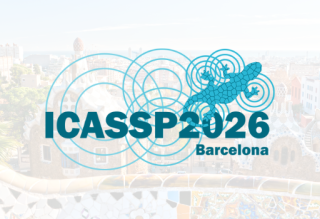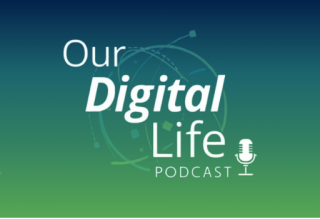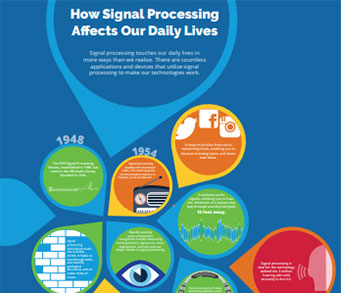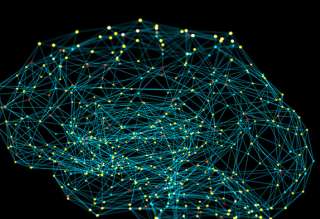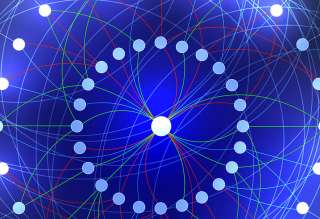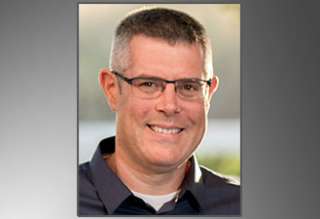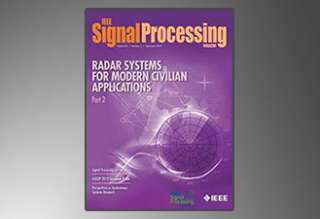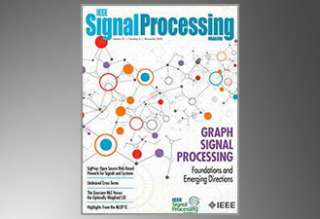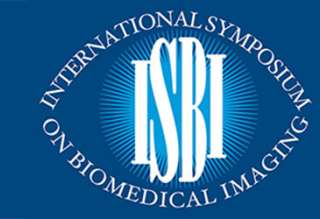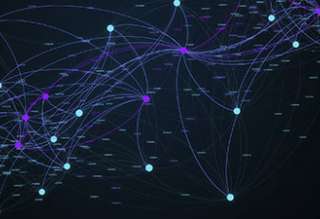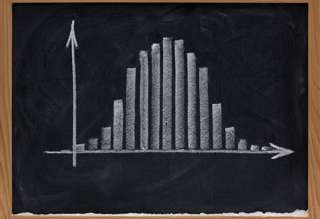SPS Feed
Top Reasons to Join SPS Today!
1. IEEE Signal Processing Magazine
2. Signal Processing Digital Library*
3. Inside Signal Processing Newsletter
4. SPS Resource Center
5. Career advancement & recognition
6. Discounts on conferences and publications
7. Professional networking
8. Communities for students, young professionals, and women
9. Volunteer opportunities
10. Coming soon! PDH/CEU credits
Click here to learn more.
The Latest News, Articles, and Events in Signal Processing
The study of label noise in sound event recognition has recently gained attention with the advent of larger and noisier datasets. This work addresses the problem of missing labels, one of the big weaknesses of large audio datasets, and one of the most conspicuous issues for AudioSet. We propose a simple and modelagnostic method based on a teacher-student framework with loss masking to first identify the most critical missing label candidates, and then ignore their contribution during the learning process.
We propose a novel modified Mel-discrete cosine transform (MMD) filter bank structure, which restricts the overlap of each filter response to its immediate neighbor. In contrast to the well-known triangular filters employed in the extraction of the Mel-frequency cepstral coefficients (MFCC), the proposed filter structure has a smoother response and offers discrete cosine transformation and Mel-scale filtering in a single operation.
This work examines a distributed learning problem where the agents of a network form their beliefs about certain hypotheses of interest. Each agent collects streaming (private) data and updates continually its belief by means of a diffusion strategy, which blends the agent’s data with the beliefs of its neighbors. We focus on weakly-connected graphs, where the network is partitioned into sending and receiving sub-networks, and we allow for heterogeneous models across the agents.
Recently, deep neural network (DNN) based methods for low-dose CT have been investigated to achieve excellent performance in both image quality and computational speed. However, almost all methods using DNNs for low-dose CT require clean ground truth data with full radiation dose to train the DNNs. In this work, we attempt to train DNNs for low-dose CT reconstructions with reduced tube current by investigating unsupervised training of DNNs for denoising sensor measurements or sinograms without full-dose ground truth images.
Regularization by denoising (RED) is an image reconstruction framework that uses an image denoiser as a prior. Recent work has shown the state-of-the-art performance of RED with learned denoisers corresponding to pre-trained convolutional neural nets (CNNs). In this work, we propose to broaden the current denoiser-centric view of RED by considering priors corresponding to networks trained for more general artifact-removal.
One challenging aspect in face anti-spoofing (or presentation attack detection, PAD) refers to the difficulty of collecting enough and representative attack samples for an application-specific environment. In view of this, we tackle the problem of training a robust PAD model with limited data in an application-specific domain.
With the rapid progress in recent years, techniques that generate and manipulate multimedia content can now provide a very advanced level of realism. The boundary between real and synthetic media has become very thin. On the one hand, this opens the door to a series of exciting applications in different fields such as creative arts, advertising, film production, and video games. On the other hand, it poses enormous security threats. Software packages freely available on the web allow any individual, without special skills, to create very realistic fake images and videos.
Lecture Date: December 7, 2020 (Virtual Lecture)
Chapter: Beijing
Chapter Chair: Qiuqi Ruan
Topic: Binary optimizations in signal processing
Date: October 28, 2020
Time: 11:00 AM EDT (New York Time)
Title: Joint Optimization of Radio and Computational
Resources in Mobile Edge Computing
Registration | Full webinar details
White Paper Due: November 1, 2020
Publication Date: November 2021
CFP Document
White Paper Due: February 1, 2021
Publication Date: March 2022
CFP Document
Submission Deadline: February 19, 2021
Call for Proposals Document
Pages
SPS Social Media
- IEEE SPS Facebook Page https://www.facebook.com/ieeeSPS
- IEEE SPS X Page https://x.com/IEEEsps
- IEEE SPS Instagram Page https://www.instagram.com/ieeesps/?hl=en
- IEEE SPS LinkedIn Page https://www.linkedin.com/company/ieeesps/
- IEEE SPS YouTube Channel https://www.youtube.com/ieeeSPS

